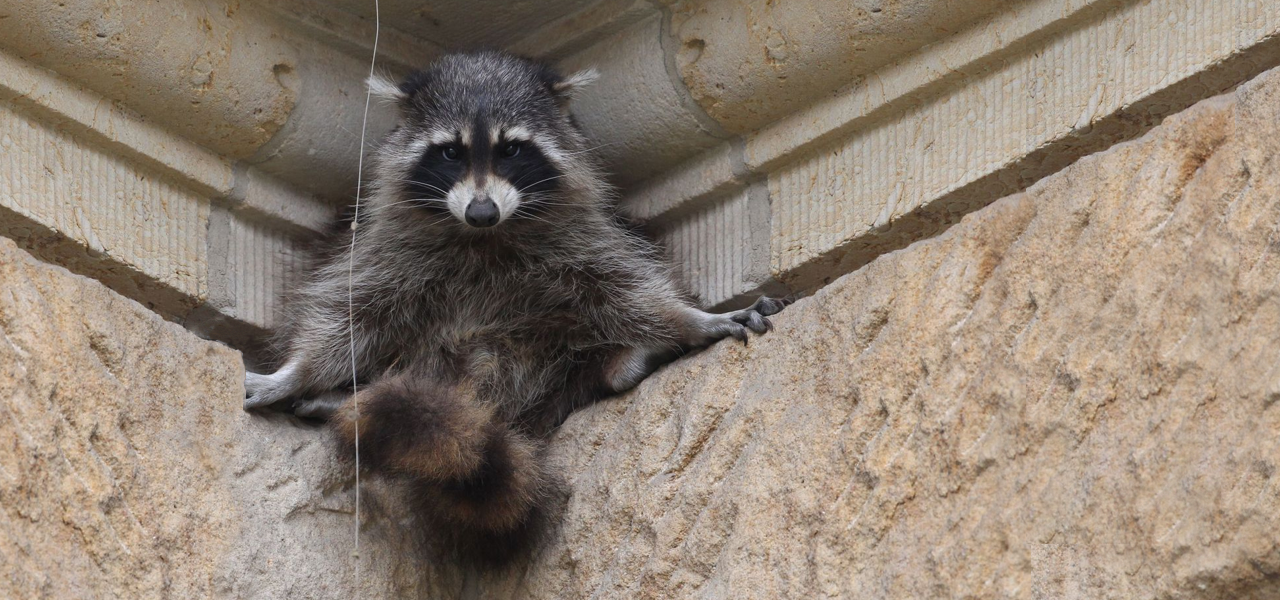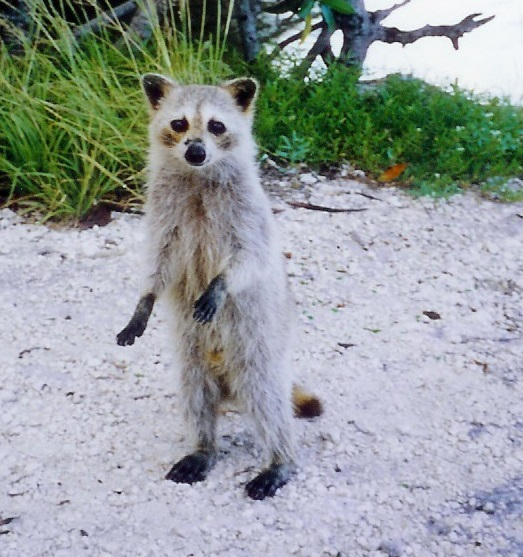Foradar
The Foradar usually live their lives out of the spotlight. This is partially due to them being naturally nocturnal but also since they are usually outcast due to the stereotype that they are all thieves, drug dealers, assassins or other denziens of the underworld. Being naturally nocturnal while living in the cities only helps exacerbate that issue. Some Foradar have converted to be diurnal and fewer yet have gained the respect of their peers. However they still experience the underlying racism as part of their daily lives.
DND 5e Statblock
Foradar
The Foradar are known for their patience, both short term and long term. They can sit and wait for the right time to strike for hours, or wait for their time to shine for years. However, this means they are often unwilling to change or adapt when the environment changes around them. They are usually seen by others as outcasts or on the edge of society.
race features:
Thumbs: Your thumbs are much better adapted to tool use than other races. Gain proficiency with two tools of your choice. Climbing: You claws are well adapted to climb with a speed of 30 feet. Darkvision: You live in the dark. You can see in dim light within 60 feet of you as if it were bright light, and in darkness as if it were dim light. You can't discern color in darkness, only shades of gray. Claw Attack: Your claws are natural weapons, which you can use to make unarmed strikes. If you hit with them, you deal slashing damage equal to 1d4 + your Strength modifier, instead of the bludgeoning damage normal for an unarmed strike. Soft Feet: You are able to land softly on your feet when falling from moderate heights. You take no falling damage when falling from heights of 40 ft or less. Quick Disengage: You are able to disenagage from an enemy for free if you have an ally within 5 ft of the enemy or if the enemy has not yet taken a turn this combat.
Thumbs: Your thumbs are much better adapted to tool use than other races. Gain proficiency with two tools of your choice. Climbing: You claws are well adapted to climb with a speed of 30 feet. Darkvision: You live in the dark. You can see in dim light within 60 feet of you as if it were bright light, and in darkness as if it were dim light. You can't discern color in darkness, only shades of gray. Claw Attack: Your claws are natural weapons, which you can use to make unarmed strikes. If you hit with them, you deal slashing damage equal to 1d4 + your Strength modifier, instead of the bludgeoning damage normal for an unarmed strike. Soft Feet: You are able to land softly on your feet when falling from moderate heights. You take no falling damage when falling from heights of 40 ft or less. Quick Disengage: You are able to disenagage from an enemy for free if you have an ally within 5 ft of the enemy or if the enemy has not yet taken a turn this combat.
Size: Small - 3 ft length, 2.5 ft height, 50 lbs weight, 2.5 ft tail length
Feats
Tearing Claws
Foradar
You have trained to dig deep into an enemy with your claws to cause them to bleed.
- After you succesfully hit a creature on your turn, you may use your bonus action to tear deeper into their flesh to cause them to start bleeding. The target must succeed on a DC Constitution saving throw (DC 8 + prof bonus + your modifier used for the attack) or start to bleed. A bleeding creature takes 1d4 necrotic damage at the end of each of it's turns for each time you've hit it with a tearing strike. The wounded creature, or another creature within 5 feet of it, can use an action to make a DC 15 Wisdom (Medicine) check. On a success, all wounds stop bleeding. Any creature that does not require blood or a blood-like substance to function is immune to this damage.
Trash Panda
Foradar
You have built up your immune system to be resilient against poisons. Some Foradar get this naturally since they eat so much trash. Did you do that too?
- Increase your Constituion score by 1, to a maximum of 20.
- You have advantage on saving throws against poison, and you have resistance against poison damage.
Basic Information
Anatomy
The Foradar are a race of raccoons. They live all over the continent and there are many regional subspecies. You can generally tell subspecies apart from the colour and patterns of their fur and the shape and size of their body.
They are generally smaller creatures, averaging 3 ft in length and 2.5 ft in height with a 2.5 ft long tail. Average weight is around 50 lbs. However, their size and weight varies depending on the regional subspecies in question.
Dietary Needs and Habits
They will eat literally anything. Fresh meat, grass, scraps in the garbage outside the local inn.
Additional Information
Perception and Sensory Capabilities
Foradar excel in both sight and smell. They are able to see in the dark, though it is harder for them to see colour the darker it is. Their keen sight and smell allows them to excel in finding food both in the wild and in the city.
Average Height
1.5 ft
Average Weight
50 lbs
Average Length
3 ft / 2.5 ft tail
Geographic Distribution
Related Organizations





Comments